COVID-19 Warehouse Safety Guide
Contents
With updated restrictions and frequent changes being made to keep up with COVID-19, it can seem like there is a fog of information and it can be hard to know where to start. In line with the UK government recommendations, here we look at the practices you should have in place and how best to implement them, to allow your warehouse to remain operation in a COVID secure manner.
Preparation
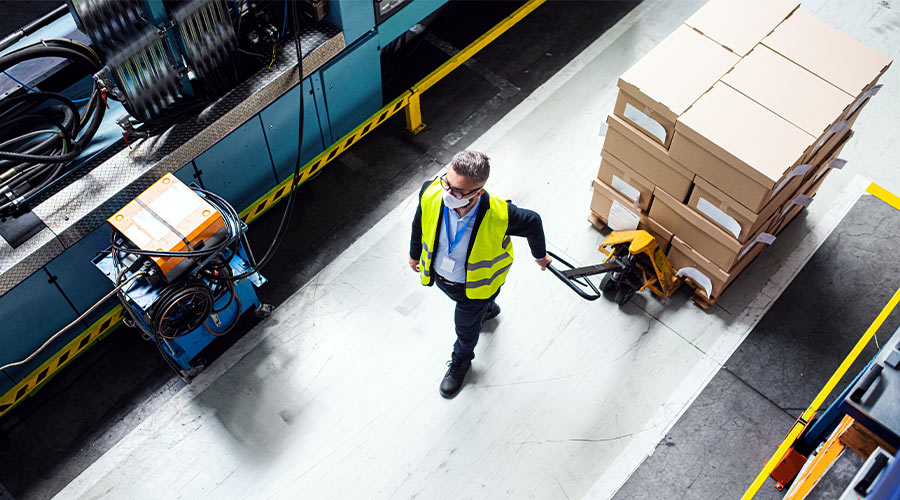
Conduct a risk assessment for both premises and people, detailing simple measures you can manage to control risk in the workplace. You should have this in place already for standard practices meaning you can follow suit in building on existing foundations. Having this gives you security as a business that you are following COVID practices properly and as management that your workers are safe.
Prepare for before, during, and after should the worst happen. Having a plan to manage an outbreak and care for your employees will enable you to manage the safety, employee and financial impact before the fact.
Be present
Whilst getting the particulars together, be present with your employees. Encourage conversation, allow them to voice their concerns as well as ideas as to how best to manage this. Working together makes adaptability all that bit easier. Showing them a level of assurance in a time of acute nervousness will help towards keeping morale up and adopting new practices.
Managing the COVID-19 risk in warehouses
There are a multitude of things you could and should do and these are some of the key areas you need to cover;
Attendance
Have procedures in place to check temperatures on arrival for both visitors and employees. If anyone looking to attend the site feels unwell, ensure they know to stay at home until they are given the all-clear. Make it known to all employees what the regulations are to avoid any confusion when turning up to work.
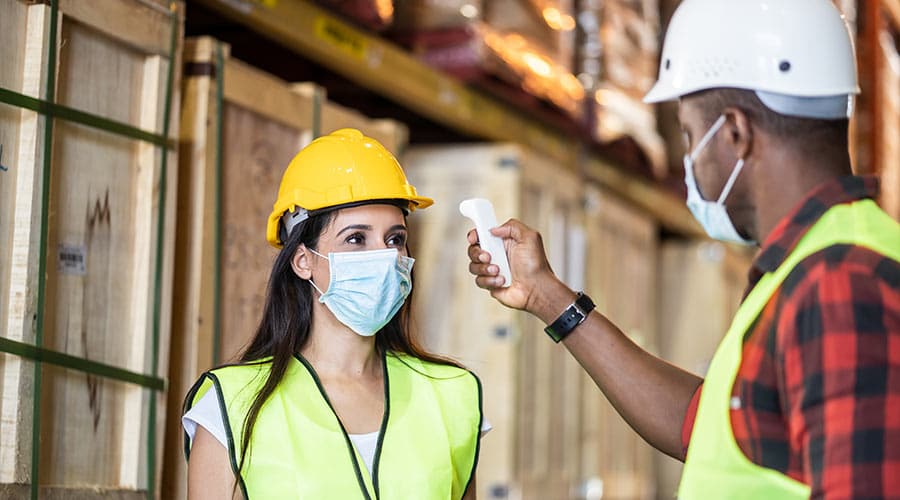
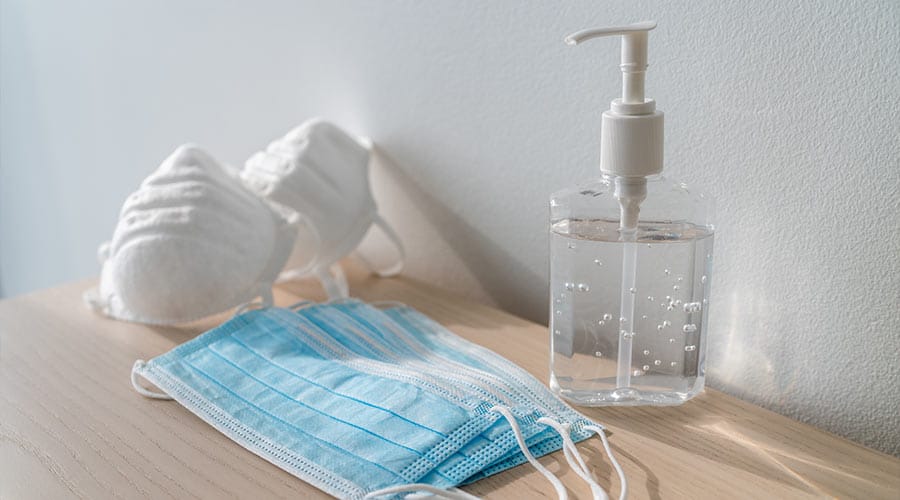
Sanitising and washing hands
At the risk of sounding like a broken record, keeping clean and washing hands is the most simple, yet effective way to keep the transmission at bay. Ensure you have facilities in place for regular sanitising, with stations set out around the shop floor of your warehouse in addition to sink and toilet areas. Where viable, you could provide your workers with personal sanitisers they can keep on themselves at all times too.
There are now plenty of signs that can be downloaded, or you could make yourself, to remind workers on the importance of this and what to do. If you have a particularly diverse workforce, ensure that they are catered for with bilingual signage and access to information for the disabled.
These go hand in hand as you may need to adapt the way your facility works to some significance to adhere to social distancing. Whilst this may seem troublesome, distancing is key to stopping the spread of COVID-19. Where possible, have employees work side by side rather than face to face. Limit the need for hand to hand transfer with drop-off points or transfer zones, be that for paperwork or spare parts.
One-way systems are often in place already but see if other routes could be adapted to one- way and whether a separate entrance and exit is feasible – limiting crossover of shifts and visitors with employees unnecessarily.
Screens and barriers are an effective way to limit transmission and also to subconsciously remind people of what they should be doing and where they should be going. Working in bubbles, particularly in shift patterns, will make track and trace recording easier and increase the safety of your workers whilst on shift.
Clear signage, such as posters and floor stickers, can help workers be more aware of what they should and shouldn’t do.
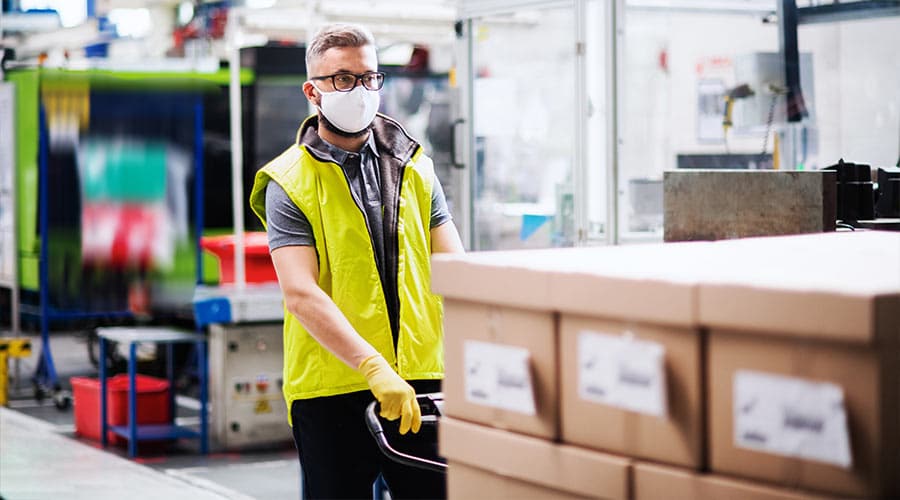
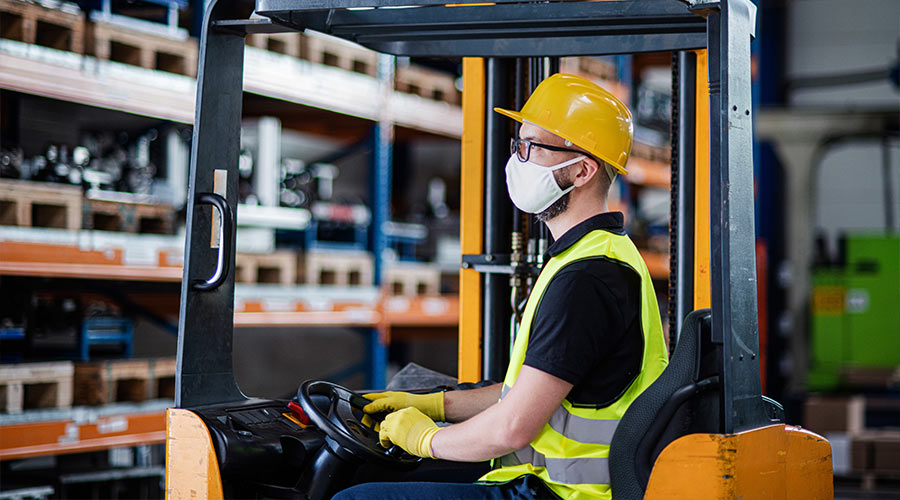
PPE
The new normal now it seems but there are exceptions and misuse when it comes to PPE. Ensure those that can wear it do so, covering their nose and mouth, and consult with those that are medically exempt as to the next steps and how this can be managed. Non-exempt workers should be wearing face coverings if they did not do so before, in addition to any protective kit they are already required to use (note – not to be used in place of a full-face visor or similar).
Make sure all employees know how to correctly wear and care for their face coverings and have this documented around the facility, with fresh masks readily available. Masks should be replaced daily and should not continue to be worn if they become damp, are touched, or become soiled in any other way – a new mask must be worn.
As a facility, you should be providing these for your workers to allow them to continue working throughout the day/shift.
Ventilation
With the winter months creeping in, this may become more difficult but while you can, keep as much air moving through your premises as possible. Optimum conditions for COVID-19 are enclosed spaces with people too close together. Alongside social distancing, keeping windows and doors open where safe to do so will help greatly to disperse the air and any contamination.
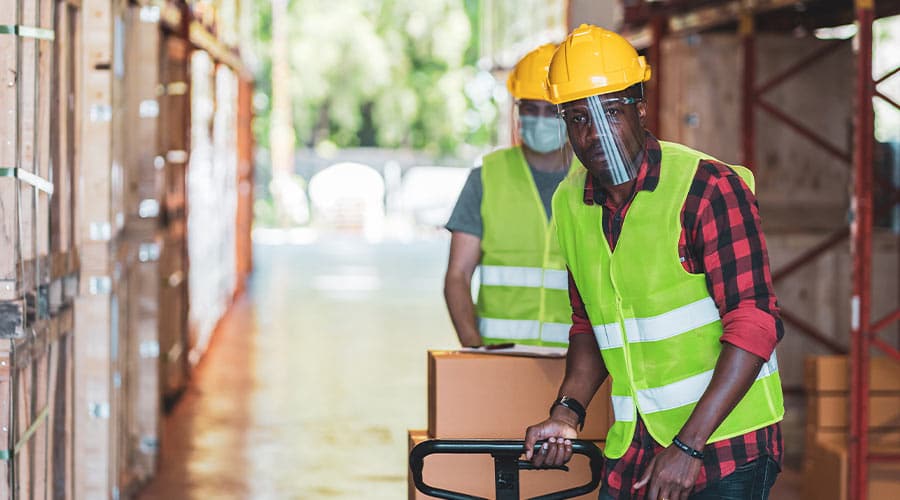
Useful Links
This is by no means the ultimate guide, head over to the government website for the specifics as there is a myriad of information that can seem overwhelming.
Suggested websites for coronavirus advice and updates:
Gov.UK – Working safely during coronavirus (COVID-19)
https://www.gov.uk/guidance/working-safely-during-coronavirus-covid-19/factories-plants-and-warehouses
